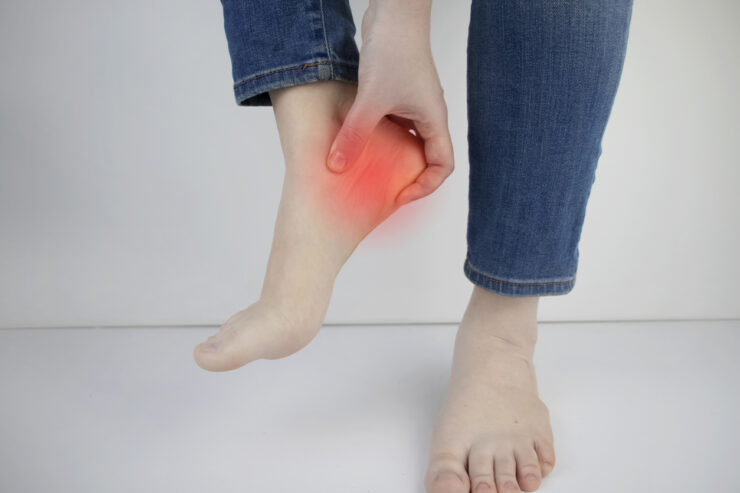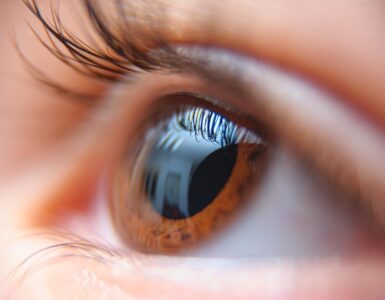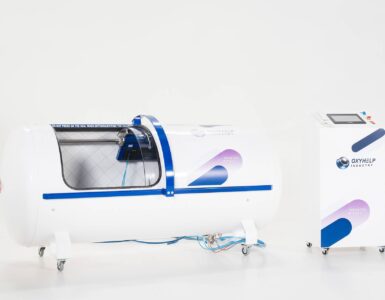A heel spur is a calcium deposit on the underside of the heel bone, causing a bony protrusion. It is often painless, but sometimes heel spurs can result in pain. Heel spurs are often associated with plantar fasciitis – a painful inflammation of the connective tissue that connects the heel bone to the toes. Usually, heel spurs can be treated with simple treatments for example by Tamarac heel spurs specialist, including custom-made orthotics, exercise, anti-inflammatory medications, and cortisone injections. Although rare conservative treatments may fail, surgery may be an option.
What causes heel spurs?
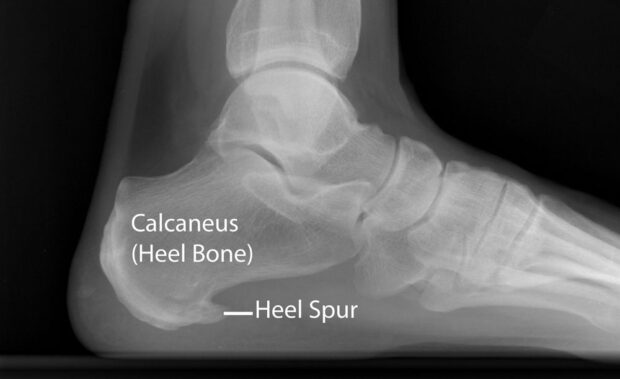
Heel spurs usually form over months when calcium deposits build up on the underside of the heel bone. The most common causes for heel spurs include stretching the plantar fascia, strains on foot muscles and ligaments, and repeated tearing of the membrane covering the heel bone. Anyone can develop help spurs, but they are common among athletes whose activities include repeated running and jumping.
Other factors that elevate your risk for heel spurs include:
- Obesity
- Poorly fitted shoes, especially those without arch support
- Walking, running, or jogging on hard surfaces
- Walking gait abnormalities; place excess stress on the heel bone and surrounding structures.
What are the symptoms of heel spurs?
Most people with heel spurs experience no symptoms, but this problem is sometimes associated with intermittent or chronic pain. Heel pain is often worse when walking, jogging, or running if inflammation develops at the bony protrusion. Generally, the heel spur is not the cause of the pain but the soft-tissue injury associated with it. If you experience pain, it may feel like a knife or pin is sticking into the bottom of your feet.
The pain is usually worse when you first stand up in the morning but later turns into a dull ache. The sharp pain may return after you stand or sit for a prolonged period.
Is there treatment for heel spurs?
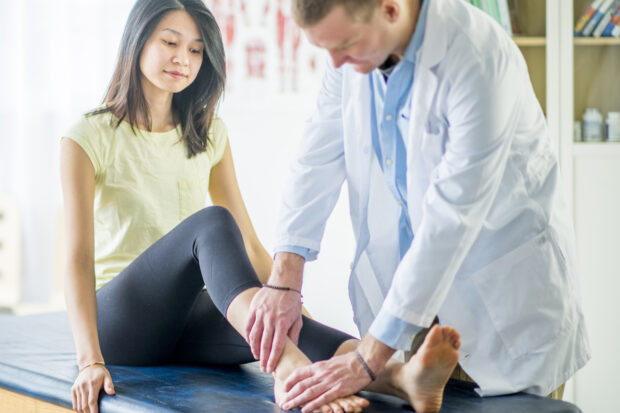
If your heel spur causes pain, your healthcare provider may recommend conservative treatments, including stretching exercises, shoe inserts or orthotic devices, physical therapy, and night splints. They may also recommend shoes with arch support to alleviate the pain. Strapping or taping can also help rest the stressed muscles and tendons.
Pain associated with heel spurs usually doesn’t respond well to rest; if you walk after a night’s sleep, the pain may worsen. However, the more you walk, the more the pain decreases to a dull ache. Extensive walking also results in pain recurrence, as does prolonged rest.
How can I prevent heel spurs?
One of the best ways to prevent heel spurs is to wear the right shoes. Before purchasing shoes, ensure they fit well. Avoid tight-fitting shoes. You also want shoes with rigid shanks, shock-absorbent soles, and supportive heel counters. Additionally, choose an appropriate choice for each physical activity; you can’t use your work shoes to do stretching exercises. Also, avoid wearing shoes with excessive wear on the heels and soles.
If you are obese, consider losing extra pounds to preventing heel spurs and severe health problems like hypertension, sleep apnea, and diabetes. If you have heel spurs, visit your specialist at Advanced Foot, Ankle, & Wound Specialists for treatment to eliminate the pain.

